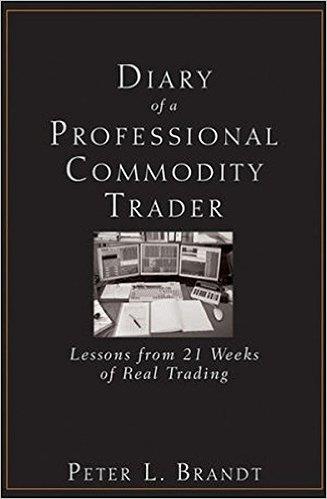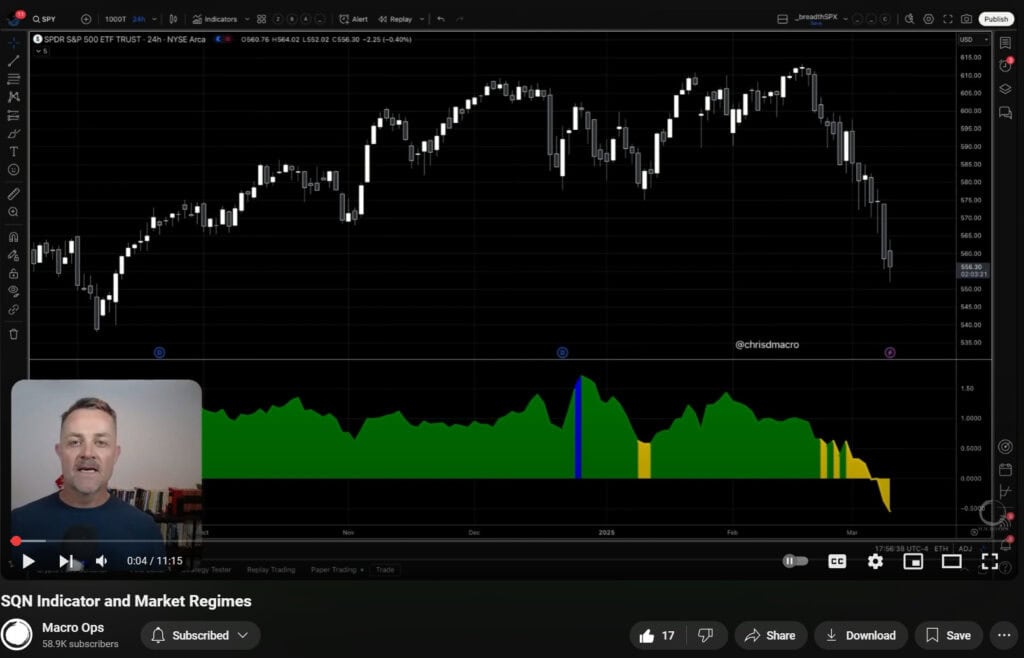It’s a rare opportunity to get an inside look at the trading process of a legend. But that’s exactly what Peter L. Brandt (PLB) provides with his book Diary of a Professional Commodity Trader: Lessons from 21 Weeks of Real Trading.
The title is self-explanatory. PLB takes you with him as he trades over a 21 week period of time. You see every trade, every profit, and every loss. The book is a front row seat to the thought process of a master who’s averaged over 40% compounded returns throughout his 40 year trading career. Most famous traders you hear about have a few good years and then blow out. They’re only known for their “big calls” and CNBC appearances. But PLB has been consistently making huge profits for four decades, through every market environment imaginable. This type of longevity is extremely uncommon.
Most of us have read the Market Wizards series. The interviews are fantastic and packed with tons of useful knowledge. But in the end they are just interviews. Imagine actually being able to sit with one of the Wizards as they trade themselves. PLB provides that experience.
Throughout the book you’ll see PLB give it to you straight. There’s no sensationalism. No promise of ridiculous returns. No bullshit. It’s REAL trading. You see exactly what a professional goes through, from emotional and psychological management all the way to actual trade management.
There’s a ridiculous amount of useful information packed in this book, but a few key lessons stand out to our team at Macro Ops.
One is PLB’s focus on trade management over every other aspect of his strategy. This flies directly in the face of what most investors believe successful trading consists of. A majority think it’s all about trade identification. That’s why you’ll see them jump from indicator to indicator, looking for some holy grail that’ll find them non-stop winners.
This is not the way a professional operates. As PLB explains early on:
“I will explore all of the trading components I believe are necessary for consistent success later in this book, but trade identification is the least important of all. In my opinion, learning the importance of managing losing trades is the single most important trading component.”
“Consistently profitable commodity trading is not about discovering some magic way to find profitable trades.”
PLB understands that identifying a trade is only 10% of the process. The other 90% is managing the trade once you’re in it. And when it comes to management, PLB knows that the name of the game is risk control. PLB again:
“Consistently successful trading is founded on solid risk management.”
The ability to keep your losses small will bring you success in the long-run. Avoiding that one big mistake that’ll permanently take you out of the market is key. As the old saying goes, the best offense is a great defense.
PLB continually displays this reality throughout his book, especially when considering his number of winning trades versus losing trades. PLB’s long-term success rate for individual trades is only around 30%. That means that 70% of his trades wind up losers. So how is he still so profitable year after year? Strict risk management. The losses he takes are very small. His few winners more than make up for all of them.
With a strategy like this, where a majority of your trades are losers, a focus on process is of utmost importance. As PLB explains:
“Successful trading is the process of doing certain things over and over again with discipline and patience.”
“It is possible to be profitable over time even though the majority of trading events will be losers. “Process” will trump the results of any given trade or series of trades.”
It’s not easy psychologically to have 70% of your trades fail. Most traders wouldn’t be able to handle it. But PLB can because he’s so focused on process. He can have 8 losers in a row and still follow his plan. He knows that it’s not the next trade, or the next 10 trades, but the entire cycle that needs to play through. His hand is not only steadied by years of experience, but also by a true understanding of his own strategy.
For example, PLB knows the exact average number of trades he should take each year. Not only that, but he also knows how many of each type of trade he should be taking. The number of major pattern trades. The number of minor pattern trades. He understands how each portion should play out within his broader strategy.
In total he’ll experience about 235 trading events in a year. Only 75 (32%) will be profitable and just 20 of those 75 will make his bottom line. By bottom line he means the trades that are mainly responsible for his profits that year. Most of his winning trades will only serve to cancel out the losers. But 20 of them will be big winners that’ll significantly move his P&L.
Understanding his strategy down to the number and types of trades gives PLB the ability to continually execute through any market environment. Strategies work in cycles, just like the market. They go through periods of major gains while also experiencing times of drawdown. The trick is to keep executing through both periods to complete the full cycle. If the strategy is sound, the net result should be positive, or in PLB’s case, extremely positive.
PLB’s thorough comprehension of his strategy gives him the confidence to know when it’s working and when it’s not. As he explains:
“I am constantly studying and analyzing my trading performance for two major reasons: to determine if my trading plan is in sync with the markets and to determine if I am in sync with my trading plan.”
This introspection allows him to make the right decisions throughout each cycle. It also comes in handy when evolving his strategy over time. Many traders tend to switch their strategy too often, basing it off the last few trades. PLB on the other hand is very careful to make changes because he realizes the folly of over-optimizing to one environment or another.
But even though he’s very cautious when it comes to switching things up, his careful study and analysis helps him make a change when it really counts. For example, price breakouts are not as reliable now as they were a few decades ago. PLB has been able to adapt his strategy accordingly. But you’ll never see him make the mistake of adjusting his strategy based off some temporary drawdown. That’s the advantage he’s earned from developing a full-cycle mentality in regards to his strategy.
The other interesting thing about PLB is that he’s a pure chartist. He relies solely on price and nothing else, and with price alone he’s been able to achieve his superior trading record.
PLB has a deep understanding of what price actually is and the proper way to use it. He explains that there’s nothing magical about chart patterns. They don’t predict the future. At anytime, he says he really has no idea where price is going. Charts are just used to develop a process. To establish targets, define risk, and determine broad direction. Nothing more.
This falls right in with what we believe at Macro Ops. Price is really just a way to simplify the extreme complexity that markets create. It takes infinite amounts of information and distills it into one simple reading. Price isn’t magic and shouldn’t be used as such.
The lessons learned from PLB’s Diary are priceless. Though we run a global macro strategy at Macro Ops, you can still see PLB’s influence in everything we do. He’s one of the best mentors out there and we strive each day to be as disciplined with our process and ultimately as profitable as him in the markets. If you want a master class in REAL trading, then Peter Brandt’s Diary of a Professional Commodity Trader: Lessons from 21 Weeks of Real Trading is for you.










